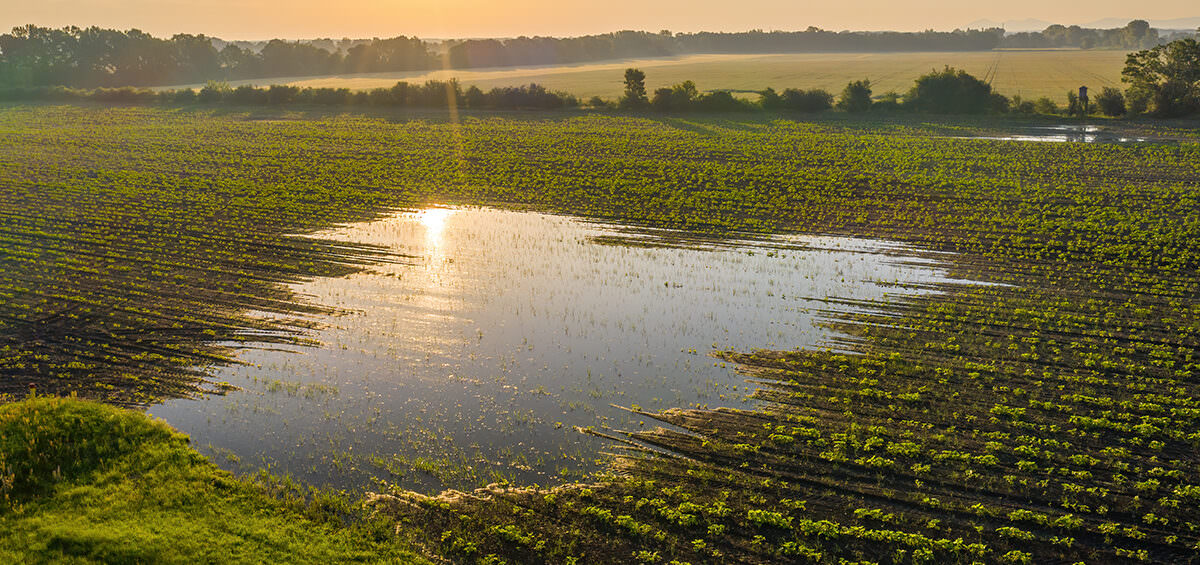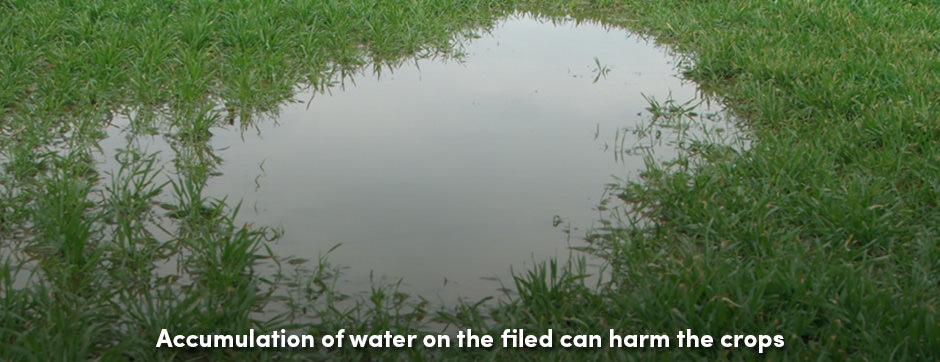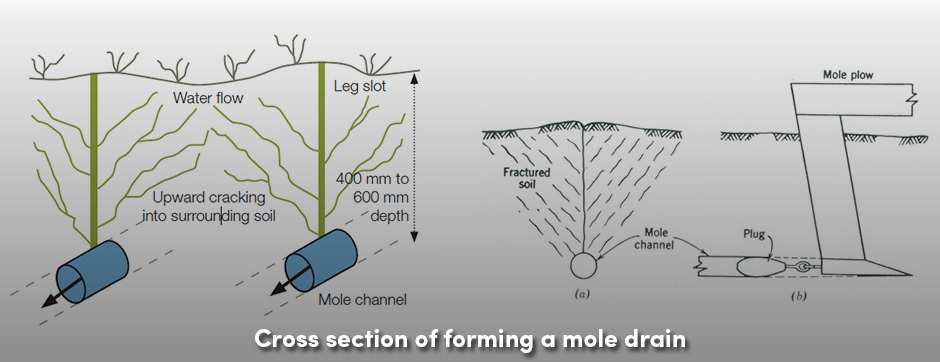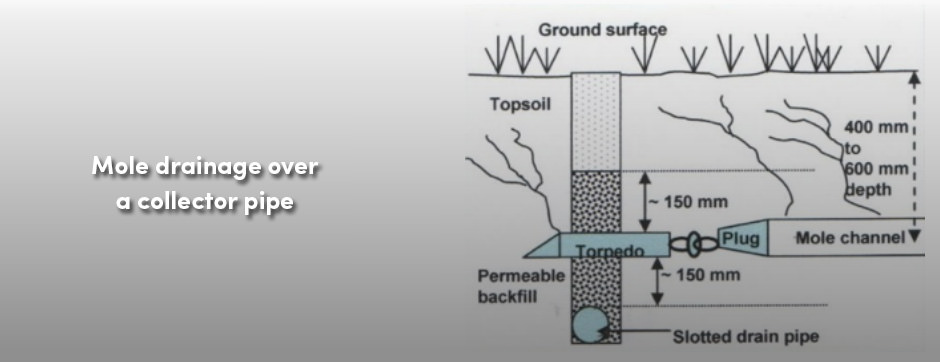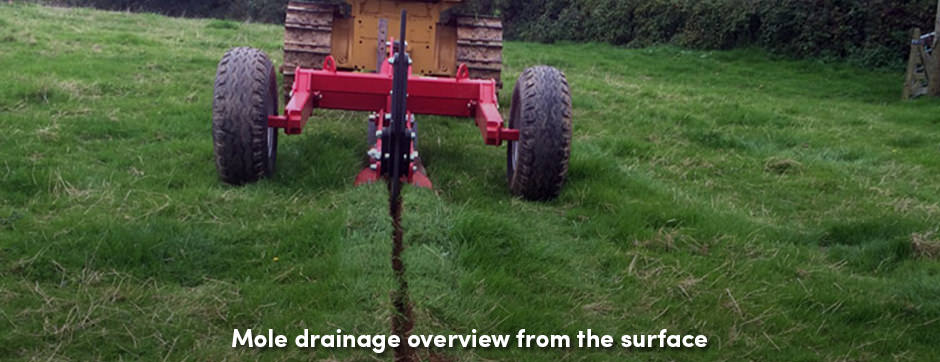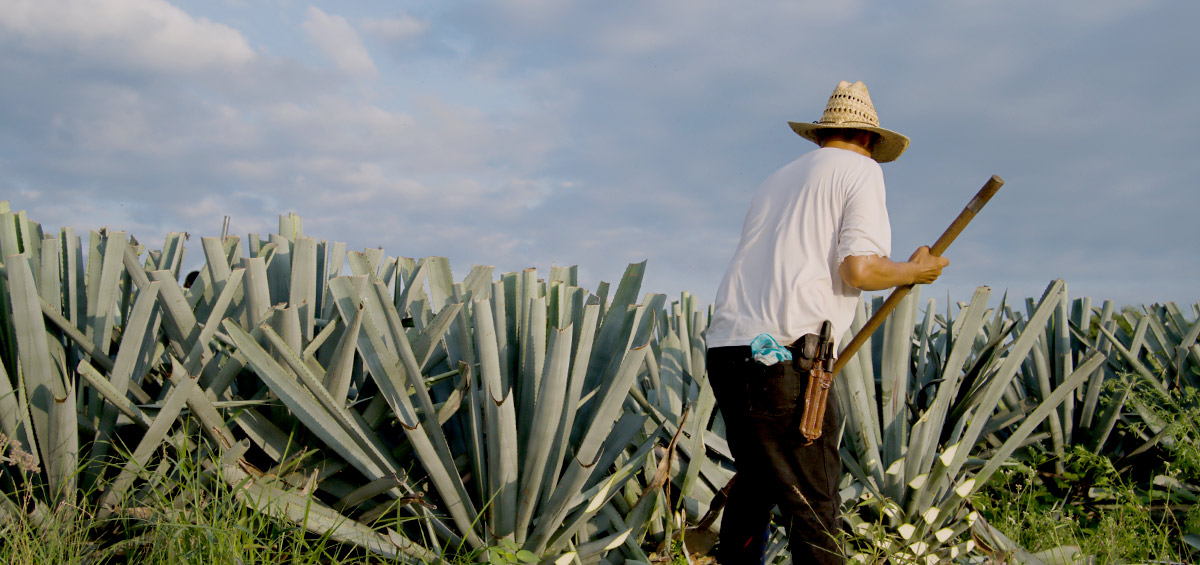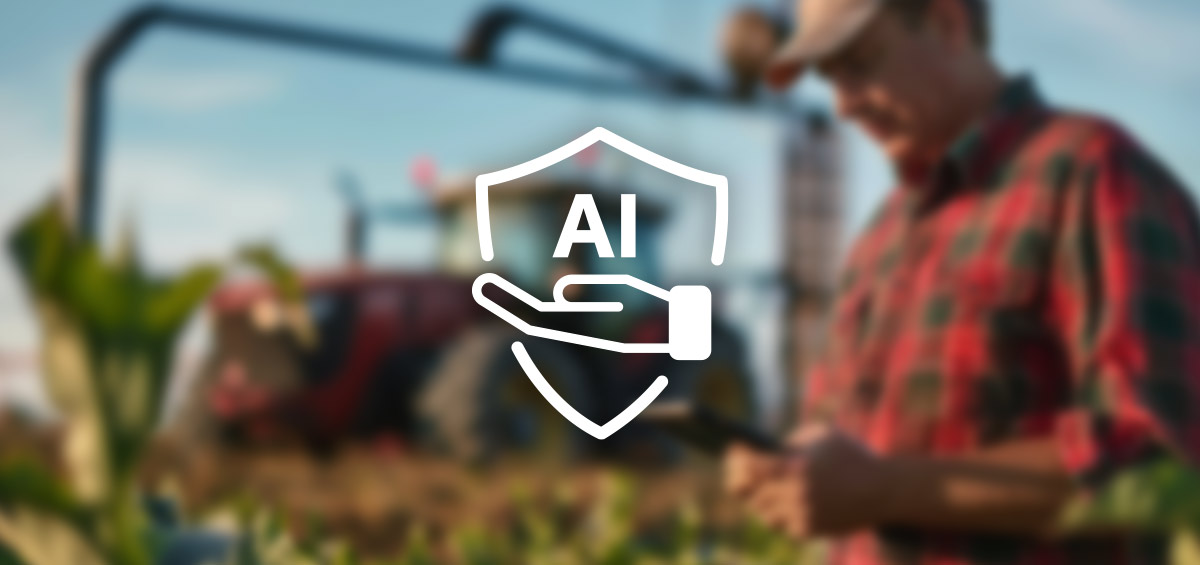Quality soil serves as the base for successful crop production. Heavy, clay, and wet soils, with low porosity and waterlogging problems, are a significant obstacle towards higher yields.
During the winter months, accumulation of water on the field can harm the crop root system, especially in areas of high rainfall. Abandoned fields are usually characterized by the aforementioned problems. Undermining often serves as a solution for these soils, especially before establishing the new plantations.
Undermining (mole drainage) is a farm practice that improves soil porosity and reduces waterlogging problems, thus enabling the appropriate ratio of nutrients to crops.
This practice refers to deep plowing at a depth of 50-70 cm (19.6-27.6 in) that makes unlined channels called mole drains.
Mole drains are unlined cylindrical channels that are formed by pulling a ripper blade with a cylindrical foot or torpedo through the topsoil. If the mole drainage is managed in suitable moisture, the shearing effect extends and forms cracks around the mole channels. This facilitates water movement towards the mole channels.
The undermining can be managed in two ways:
- By creating unlined pipeless channels
- By creating mole drains over a collector pipe system.
Mole drainage over a collector pipe system is practiced in soils where pipeless mole drainage would have had too short a life span. The formation of mole drains over a collector pipe include:
- The installation of slotted subsurface drainage pipes
- Pulling the mole drains across the pipes.
How to Manage Undermining
In order to stimulate the soil, undermining should be managed properly by considering the following tips:
- Mole drainage should be managed only on heavy soils with clay contents higher than 30%
- Soil should be free of stones at the depth of undermining
- Unstable soils with high levels of salinity and acidity are not recommended for mole drainage
- Recommended spacing between moles is usually 2-3m (6.5-10 ft)
- The average diameter of mole drains is 5-10 cm(2-4 in)
- The best time for undermining is when the soil is moist enough to form a channel, but not too dry that it will crack and break up, nor soft enough to slough off and form a slurry.
What Are The Possible Disadvantages?
Before trying mole drainage, a farmer should consider the few disadvantages:
- By taking the surplus water, drainage can also take away some nutrients
- Restricted duration, usually mole drains, work efficiently during the initial few years, but then gradually deteriorate.
What About the Benefits?
When it’s properly managed, undermining can significantly reduce waterlogging problems. In this regard, mole drainage increases soil porosity and creates a favorable ration of water and air for crops.
By managing the water, the practice provides a quick and strong development of the crop root system.
More importantly, the main advantage of undermining is that it’s a low-cost soil improvement practice.
After all, possible disadvantages can be reduced by following good farm management practices. The lack of nutrients caused by mole drainage can be remedied by practicing regular soil analysis and adding fertilizers. Additionally, mole drains created properly and in suitable conditions can last for up to 10-15 years.
Make it simple and cost-effective by managing the soil using mole drainage!
Text and image sources: Department of Agriculture and Food || Savjetodavna sluzba || Landcare Research || Ecoursesonline || TG Drains || J.W. Baron
